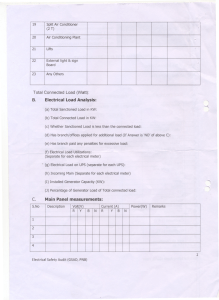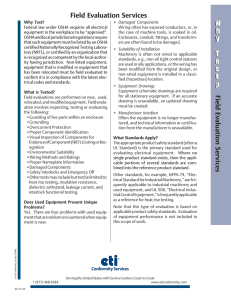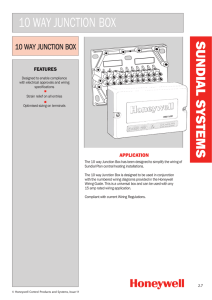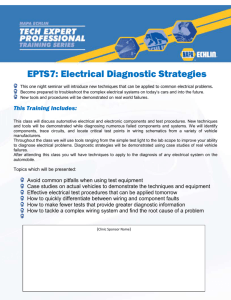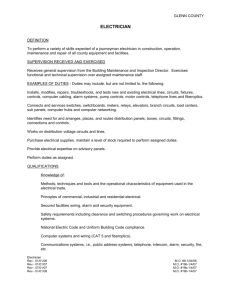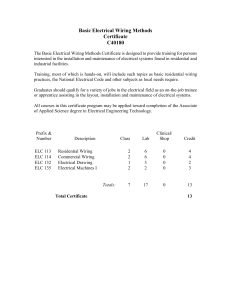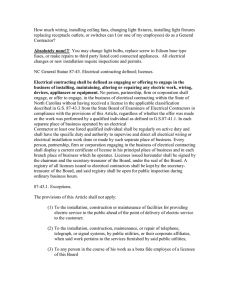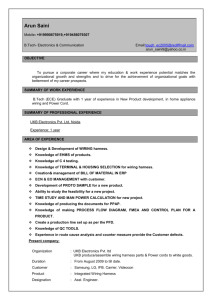NECA has compiled precautions that homeowners and building
advertisement
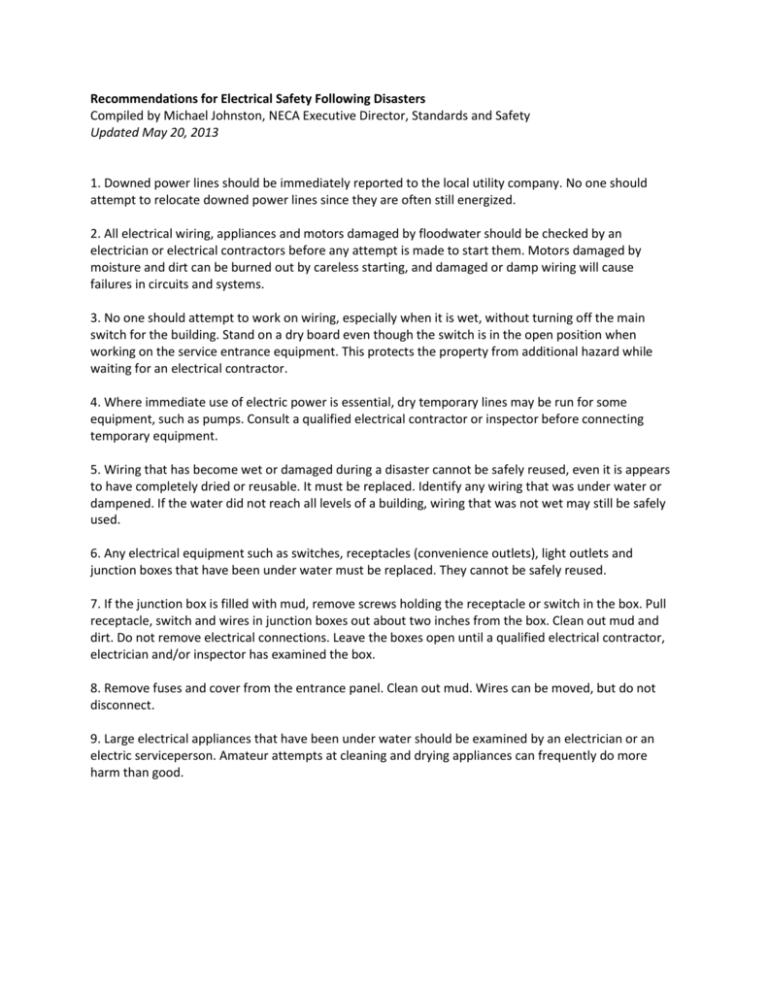
Recommendations for Electrical Safety Following Disasters Compiled by Michael Johnston, NECA Executive Director, Standards and Safety Updated May 20, 2013 1. Downed power lines should be immediately reported to the local utility company. No one should attempt to relocate downed power lines since they are often still energized. 2. All electrical wiring, appliances and motors damaged by floodwater should be checked by an electrician or electrical contractors before any attempt is made to start them. Motors damaged by moisture and dirt can be burned out by careless starting, and damaged or damp wiring will cause failures in circuits and systems. 3. No one should attempt to work on wiring, especially when it is wet, without turning off the main switch for the building. Stand on a dry board even though the switch is in the open position when working on the service entrance equipment. This protects the property from additional hazard while waiting for an electrical contractor. 4. Where immediate use of electric power is essential, dry temporary lines may be run for some equipment, such as pumps. Consult a qualified electrical contractor or inspector before connecting temporary equipment. 5. Wiring that has become wet or damaged during a disaster cannot be safely reused, even it is appears to have completely dried or reusable. It must be replaced. Identify any wiring that was under water or dampened. If the water did not reach all levels of a building, wiring that was not wet may still be safely used. 6. Any electrical equipment such as switches, receptacles (convenience outlets), light outlets and junction boxes that have been under water must be replaced. They cannot be safely reused. 7. If the junction box is filled with mud, remove screws holding the receptacle or switch in the box. Pull receptacle, switch and wires in junction boxes out about two inches from the box. Clean out mud and dirt. Do not remove electrical connections. Leave the boxes open until a qualified electrical contractor, electrician and/or inspector has examined the box. 8. Remove fuses and cover from the entrance panel. Clean out mud. Wires can be moved, but do not disconnect. 9. Large electrical appliances that have been under water should be examined by an electrician or an electric serviceperson. Amateur attempts at cleaning and drying appliances can frequently do more harm than good.

